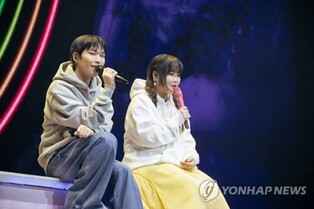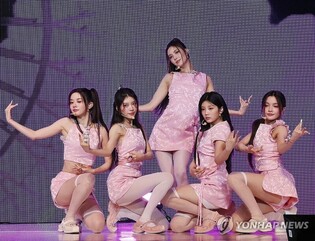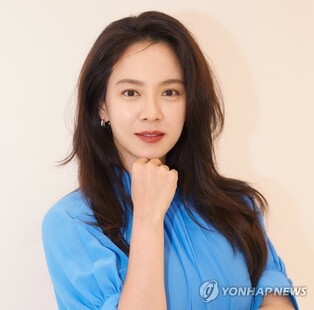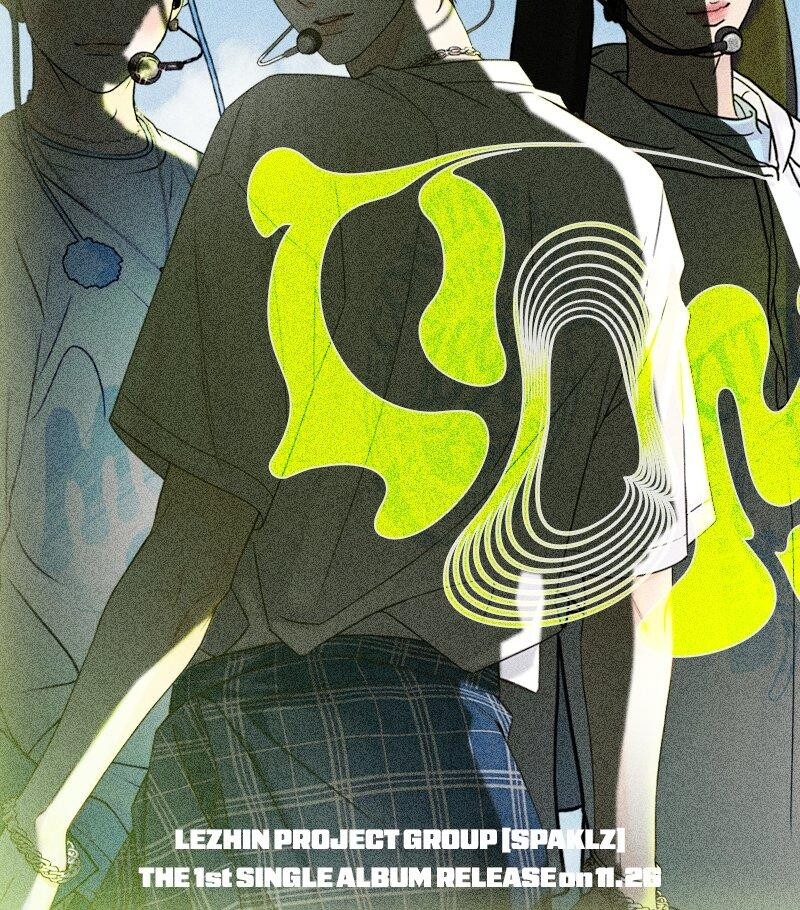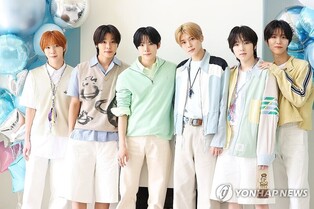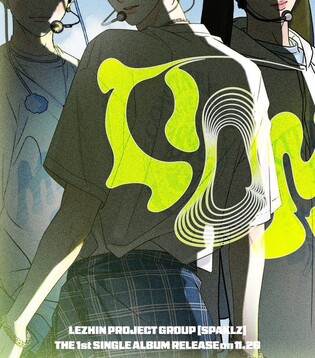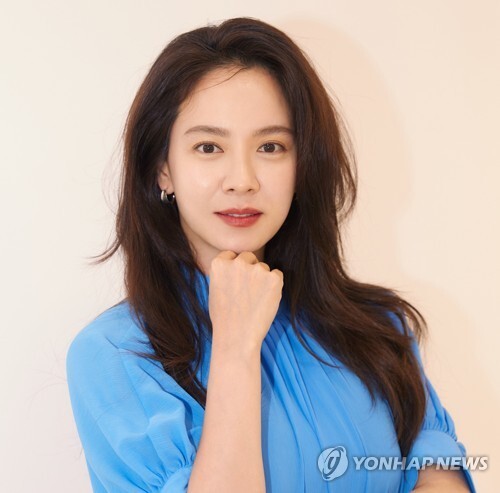*Editor’s note: K-VIBE invites experts from various K-culture sectors to share their extraordinary discovery about the Korean culture.
Matthew Lim's AI Innovation Story: Will AI Replace Human Jobs?
By Matthew Lim, AI expert and director of the Korean Association of AI Management (Former Head of Digital Strategy Research at Shinhan DS)
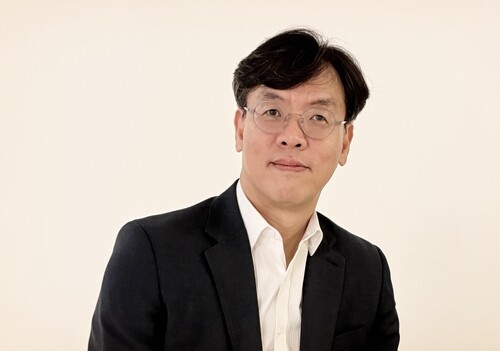
The impact of AI on human employment has become a pressing issue. Job displacement has always been a concern throughout history.
During the early 19th century, the advent of the Industrial Revolution sparked fears that machines would take over jobs. The Luddite movement in England is a notable example of this anxiety. Textile workers, who made fabrics by hand, reacted by smashing machines that they believed threatened their livelihoods.
Despite these fears, the Industrial Revolution ultimately led to the creation of more jobs. The introduction of new technologies often results in the loss of certain jobs but simultaneously opens up new opportunities, a pattern seen throughout history.
However, the changes brought about by AI today differ fundamentally from those of the Industrial Revolution. AI is not just replacing physical labor but also impacting creative and intellectual activities. In manufacturing, robots and automation are rapidly reducing the need for human labor, while in the financial sector, algorithmic trading is taking over the roles of human traders.
Even in customer service, AI-based chatbots are providing 24/7 support, reducing the demand for human operators. These shifts highlight how AI is reshaping jobs across various industries.
So, how can AI and humans coexist? Will AI completely replace human jobs?
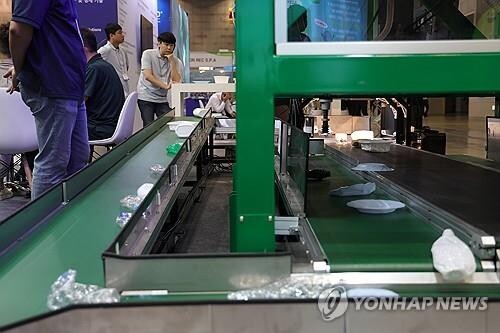 |
| ▲ AI-Powered Waste Sorting (Yonhap) |
◇ AI and Creativity: Compete or Collaborate?
Recent advances in AI show that it is not limited to repetitive, rule-based tasks but is also influencing creative work. AI is now capable of generating original art, music, and designs, and even proposing innovative ideas for marketing campaigns and business strategies. In this way, AI has reached a level where it can challenge human creativity. Yet, humans still possess unique strengths that AI cannot fully replicate.
One critical aspect of creativity is understanding the social context of an idea and making ethical decisions. For instance, while AI might propose a particular marketing strategy, the social acceptability and ethical implications of that strategy still depend on human judgment.
Additionally, the verification and further development of AI-generated ideas require human involvement.
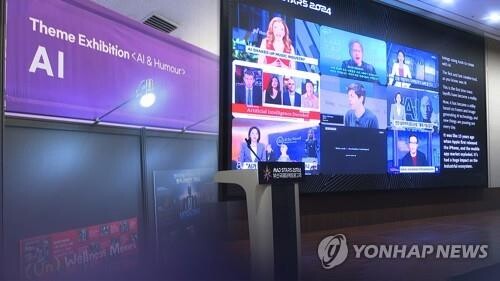 |
| ▲ 'AI' Penetrates the Advertising Market…Maximizing Creativity (CG)(Yonhap News TV) |
In this collaborative framework, AI and humans can form a complementary relationship. But what are the creative areas where humans can maintain an edge over AI?
Human creativity often stems from personal experiences, cultural backgrounds, and emotional insights—areas where AI, which excels in data-driven pattern recognition, falls short. For example, the emotional resonance and deep understanding of social issues that underpin literary and artistic works are areas where humans still outperform AI.
AI should not aim to replace human creativity but rather serve as a tool that enables humans to undertake more advanced creative endeavors.
◇ Inequality and Conflict: A Crisis to Prepare For
One of the potential risks brought about by the rapid advancement of AI is the deepening of inequality. The gap between those who can access AI technology and those who cannot may widen social disparities. For instance, the productivity gap between companies that can actively utilize AI and those that cannot may lead to a market dominated by a few. This could result in unequal employment opportunities, with industries or regions that do not adopt AI experiencing a decline in competitiveness, reduced revenue, and increased inefficiency. Consequently, job losses could become a serious issue, not just as a simple job shift but as a structural problem affecting society as a whole.
Moreover, existing workers who are unable to adapt to new technologies due to the introduction of AI are at risk of losing their jobs or being downgraded to irregular employment. The new jobs created by AI often require advanced skills, meaning that existing workers will need considerable retraining to adapt to these roles. However, if such retraining opportunities are not provided equitably, social conflict could intensify.
Education is crucial in preparing for the changes that AI will bring. Companies must establish and systematically implement training programs to help workers adapt to new technologies. However, the efforts of companies alone are not enough. Governments need to establish an education system that aligns with the AI era, ensuring that all citizens have the opportunity to acquire new skills.
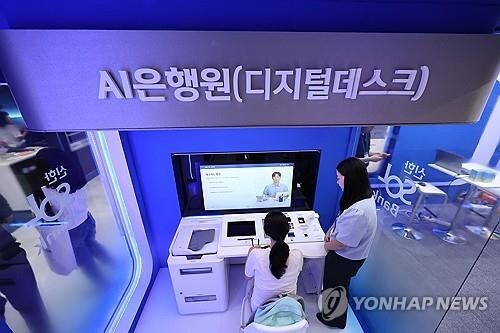 |
| ▲ What Will Future Bankers Look Like? (Yonhap) |
Governments must first and foremost develop policies that systematically provide AI-related education. Schools should teach basic AI technologies and ethics, while lifelong learning programs should ensure that adults can always acquire new skills. Special educational support is particularly necessary for vulnerable groups affected by technological changes. Establishing such an education system is essential for mitigating social inequality and moving towards a society that coexists with AI.
◇ AI as a Platform for Social Growth
The reduction of jobs due to AI is an unavoidable reality. At the same time, it presents an opportunity for society to take a significant leap forward. The key is not to respond passively to these changes but to actively prepare and seek out new opportunities. The government, businesses, educational institutions, and individuals must all become agents of this change. Rather than fearing the future brought by AI, now is the time to harness this technology as a tool for human progress. How we respond will determine whether the job challenges of the AI era become a crisis or an opportunity.
Ultimately, AI is a technology created by humans. How we use this technology and what kind of society we build with it is up to us. Now is the time for us to come together and envision a future where we can coexist with AI. The change has already begun, and how we respond now will shape our future.
There are many preparations we can make, including innovating the education system, fostering new industries, and strengthening social safety nets. Instead of fearing AI, we must consider how to use it to build a better society.
If we prepare together and move forward together, I am confident that the AI era will be a new era of opportunity for all of us.
(C) Yonhap News Agency. All Rights Reserved


















